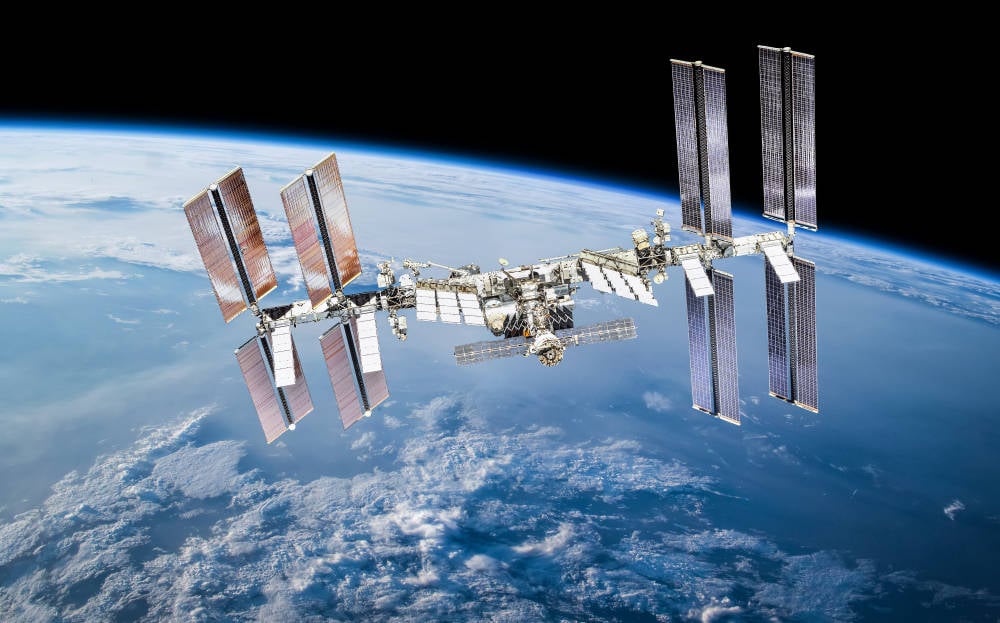
"NASA has redefined the minimum capability requirement for companies vying to replace the ISS, now specifying four crew for one-month increments, announcing an end to permanent ISS occupation."
"Facing budget constraints and a shrinking schedule for the ISS's operational life, NASA is modifying the Commercial Low Earth Orbit Development Program to adapt to these realities."
"The revised directive underscores the urgency for quicker development of commercial space stations to prevent a gap in crew-capable operations as the ISS nears its decommissioning."
"Due to a $4 billion shortfall, NASA's strategy for certifying new commercial space stations has transformed, calling for accelerated timelines amidst funding challenges."
NASA's updated criteria for ISS replacement include a minimum capability of four crew for one-month increments, indicating a shift towards non-permanent ISS occupation. The agency faces budget limitations, with a significant $4 billion shortfall influencing the development of Commercial Low Earth Orbit (LEO) stations. As the ISS is scheduled for de-orbiting, arrangements with Axiom Space and others aim to facilitate a seamless transition to commercial space operations. Consequently, NASA's approach requires rapid advancements to ensure continued crew-capable space operations amid pressing budgetary and operational timelines.
Read at Theregister
Unable to calculate read time
Collection
[
|
...
]